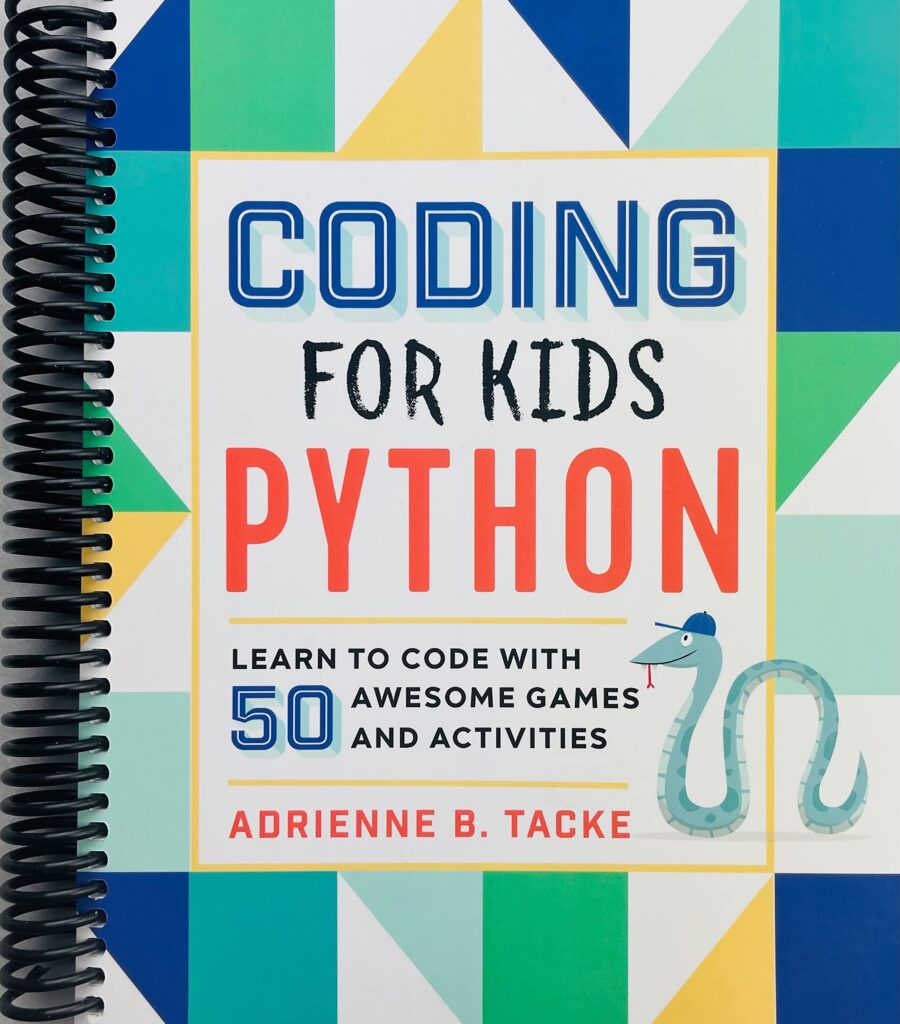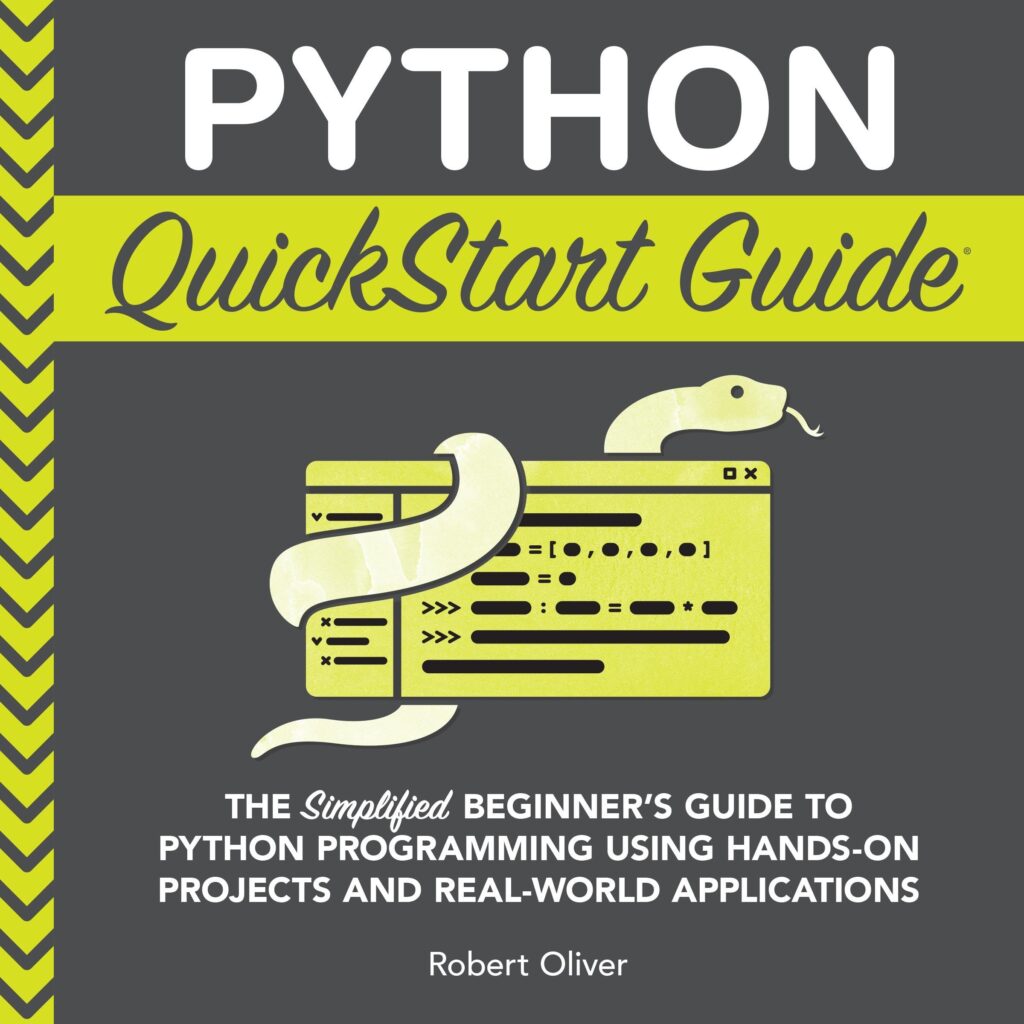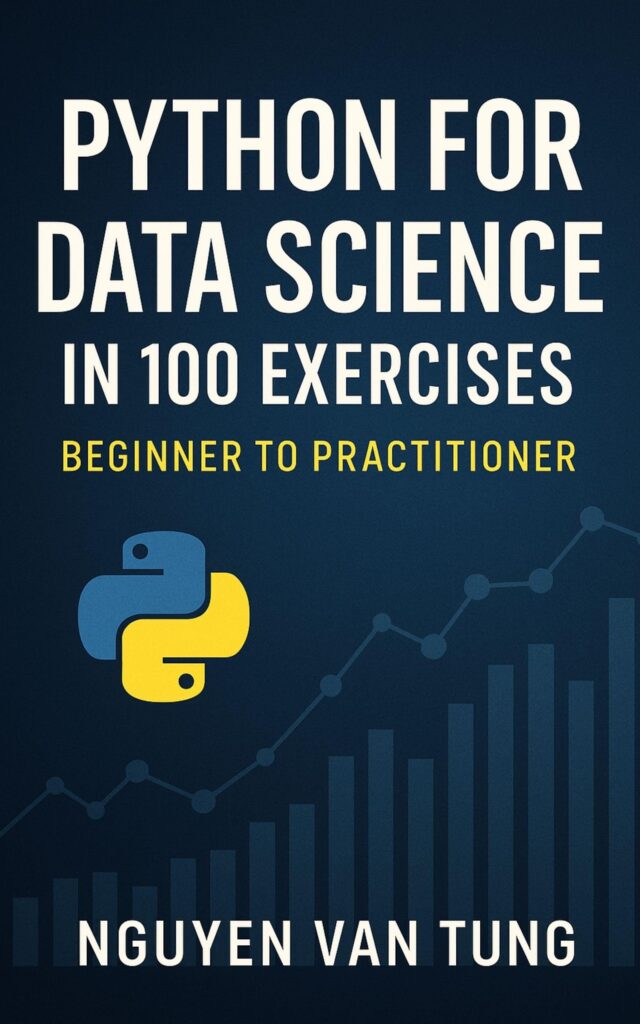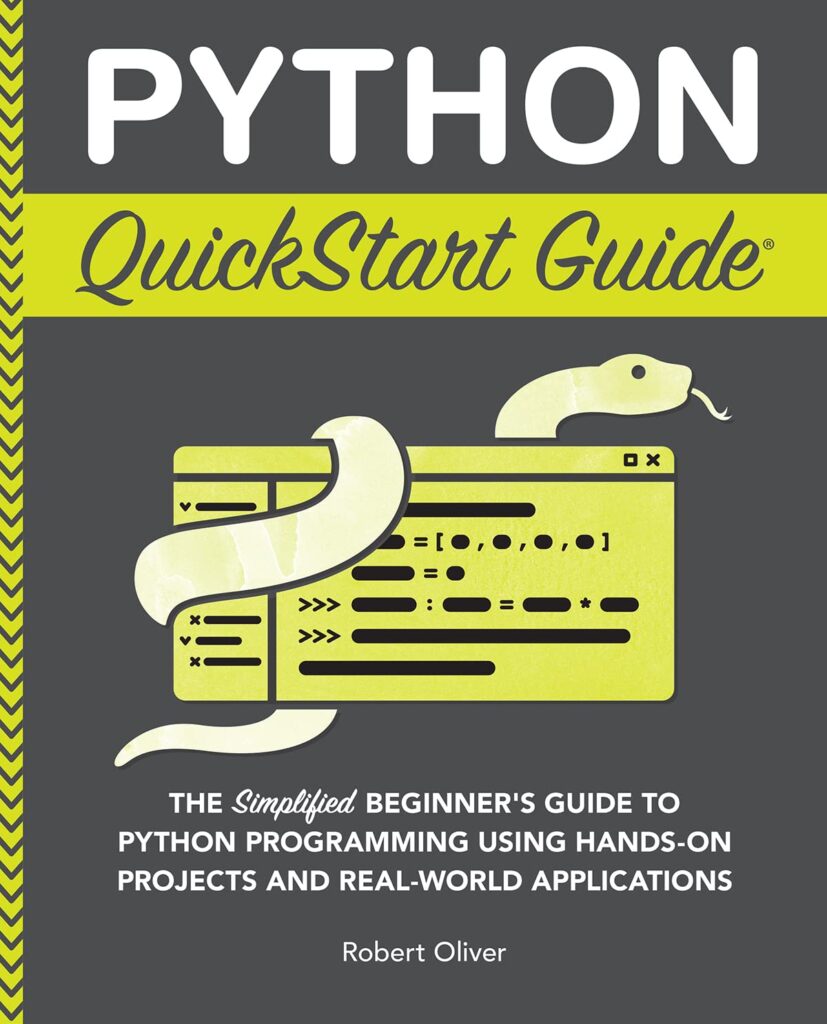
The sys.copyright attribute in Python provides a way to access the copyright information associated with the Python interpreter currently in use. This attribute is part of the sys module, which is a built-in module in Python that provides access to some variables used or maintained by the interpreter and to functions that interact with the interpreter.
The copyright information is particularly useful for developers and users who want to understand the legal framework surrounding the usage of Python, especially in commercial applications. It can indicate the version of Python being used and the years during which the software was developed. This is essential for compliance with licensing requirements and also for educational purposes.
In Python, sys.copyright is a string that typically contains the copyright notice of the Python Software Foundation. This notice might include the years during which the software was developed and the names of the contributors.
To explore this attribute, you will first need to import the sys module. Below is a simple example that demonstrates how to access and print the copyright information:
import sys # Accessing the copyright information copyright_info = sys.copyright print(copyright_info)
When you run this code, you will see the copyright statement as output, which may look something like this:
Python Software Foundation License Copyright (c) 2001-2023 Python Software Foundation. All Rights Reserved.
This output illustrates the legal rights and restrictions that apply to the use of Python. Being aware of this information can help ensure that your projects remain compliant with the relevant licensing terms.
It is important to note that the specific wording and details of the copyright notice can vary between different versions of Python. Therefore, always ensure that you are checking the copyright information for the correct version of the interpreter you’re using, especially if you’re working in an environment where multiple Python versions are installed.
PlayStation Store Gift Card [Physical Card] $50
$50.00 (as of December 9, 2025 08:35 GMT +00:00 - More infoProduct prices and availability are accurate as of the date/time indicated and are subject to change. Any price and availability information displayed on [relevant Amazon Site(s), as applicable] at the time of purchase will apply to the purchase of this product.)How to Access the Copyright Information
To access the copyright information in Python, you’ll need to follow a few simpler steps. First, ensure that you have Python installed on your system. You can check the installation by running a simple Python shell or script. Once you have access to the Python environment, you can start by importing the sys module, which contains the copyright attribute.
Here is a quick demonstration of how to access the copyright information:
import sys # Accessing the copyright information copyright_info = sys.copyright print(copyright_info)
When you execute this code snippet, the output will display the copyright notice associated with the version of Python you are currently using. The output will typically look similar to the following:
Python Software Foundation License Copyright (c) 2001-2023 Python Software Foundation. All Rights Reserved.
This simple process allows you to retrieve important legal information about the version of Python running in your environment. It is particularly useful when you need to confirm the licensing details before deploying applications or libraries that rely on Python.
For those who may be working in environments with multiple Python installations, it very important to ensure that you’re accessing the copyright information from the correct interpreter. You can verify the Python version by using:
import sys # Print the Python version print(sys.version)
This will give you the version details, helping you confirm that you are referencing the right copyright information. The copyright message can be particularly relevant in scenarios where licensing implications exist, such as in commercial software development or distribution.
Moreover, the copyright notice is not just a legal formality; it reflects the history and contributions of the Python community. This knowledge can foster appreciation for the tools you’re using and ensure that you adhere to the original terms set forth by the authors. If you are contributing to open source projects or packaging your own libraries, being aware of copyright implications is vital.
Interpreting the Output of sys.copyright
The output of the sys.copyright attribute is a string that typically contains the copyright notice and license information relevant to the version of Python you’re using. This information generally includes the name of the copyright holder, which is the Python Software Foundation (PSF), along with the years during which the software was developed. Understanding this output very important for anyone who intends to use Python in their projects, as it outlines the legal rights associated with the software.
When you access sys.copyright, the string returned provides insight into the history of the Python language. For instance, the years mentioned in the copyright notice indicate the timeline of contributions and development efforts put forth by the community. Here’s an example of what such output might look like:
Python Software Foundation License Copyright (c) 2001-2023 Python Software Foundation. All Rights Reserved.
This output specifies that the copyright extends from 2001 to 2023, showing that the Python language has been actively maintained and developed over these years. Such details can be particularly informative when evaluating the stability and ongoing support of the language for various applications.
In addition to the years, the copyright notice may also mention key contributors or development teams that have played a significant role in the evolution of Python. This acknowledgment not only serves as a tribute to their work but also emphasizes the collaborative nature of open-source projects. Recognizing the individuals or teams behind the software can enhance your understanding of the community and its values.
Moreover, the copyright information can also reference the specific license under which Python is distributed. For example, the PSF license is widely known and respected in the software development community for its permissiveness, allowing developers to use, modify, and distribute Python freely, provided they adhere to certain conditions. This can be particularly beneficial for developers who need to ensure compliance with licensing terms when integrating Python into larger projects or distributing their own software that depends on Python.
In environments where multiple versions of Python might be installed, it is essential to be aware that the copyright output can vary between versions. Each major release may have its own copyright statement reflecting the contributions made during that specific development cycle. Therefore, checking the copyright information in conjunction with the version can clarify any legal implications that arise from using a particular version of Python.
For example, if you have both Python 3.8 and Python 3.10 installed, you might access the copyright information separately for each version:
import sys # Accessing copyright information for Python 3.8 print(sys.copyright) # Switching to Python 3.10 and accessing again print(sys.copyright)
Common Use Cases for sys.copyright
In practice, there are several common use cases for using the sys.copyright attribute in Python development. One of the most significant use cases is ensuring compliance with licensing requirements when deploying applications. Developers often need to verify that they’re adhering to the terms specified by the Python Software Foundation, especially in commercial environments where legal implications are paramount.
Another use case involves educational purposes, particularly in academic settings where students and instructors may want to discuss the history and evolution of Python. Accessing the copyright information can provide a springboard for conversations about open-source software, intellectual property rights, and the contributions of the Python community over the years. This discussion can enhance the learning experience by connecting technical skills with important ethical considerations.
In addition, the copyright information can be useful when generating documentation for software projects that utilize Python. Including the copyright notice in project documentation not only gives proper credit to the authors and maintainers of Python but also informs users about the legal framework surrounding the software they’re using. This is especially true for libraries and frameworks that build upon Python, where clarity about dependencies and licenses is key.
Here’s an example of how you might include the copyright information in a project’s documentation:
""" My Python Project Copyright (c) 2001-2023 Python Software Foundation. This project is built on Python and adheres to the PSF License. """
Furthermore, developers who are involved in packaging Python applications for distribution can also benefit from using sys.copyright. When creating installation scripts or setup files, it’s often necessary to include the copyright notice, ensuring that users are aware of the licensing conditions under which the software is provided. This can be particularly important when submitting packages to repositories such as PyPI (Python Package Index), where compliance with licensing terms is a requirement.
Another scenario where accessing the copyright information is beneficial is during the auditing and review processes for software projects. When working with third-party libraries or frameworks, being able to verify the copyright information helps ensure that all components of a project are compliant with their respective licenses, thus avoiding potential legal issues down the line.
Lastly, developers may find it useful to log the copyright information for debugging or tracking purposes. By including the copyright notice in application logs, teams can maintain a historical record of the software environment in which their application was developed and deployed, which can be invaluable in identifying issues that may arise from version mismatches or licensing conflicts.
Limitations and Considerations when Using sys.copyright
When using sys.copyright, there are several limitations and considerations that developers should keep in mind. Firstly, while accessing the copyright information is simpler, the output generated is limited to the specific string provided by the Python interpreter. This means that the information may not always be as detailed as one might need for comprehensive legal analysis. For instance, while the copyright notice identifies the Python Software Foundation as the copyright holder, it does not provide additional details about individual contributions or the nuances of the licensing agreement.
Another limitation is that sys.copyright only reflects the copyright information for the version of Python currently in use. In environments where multiple versions are installed, developers must ensure they are querying the correct interpreter. Failing to do so could lead to misunderstandings regarding the licensing terms applicable to a particular version. This can be critical in scenarios where certain versions of Python may have different licensing conditions or contributions that are significant for compliance purposes.
Moreover, the copyright information is static and does not take into account any additional dependencies that a project may have. When using third-party libraries, developers should verify the copyright and licensing details for those libraries separately, as they may have different terms that could impact the overall licensing of a project. Simply relying on sys.copyright without assessing the licenses of all included components may lead to legal complications.
Furthermore, the interpretation of the copyright information can vary depending on jurisdiction. While the PSF license is widely recognized, legal interpretations of copyright can differ based on local laws. Developers working in different regions should be aware of how copyright law applies to their use of Python and related libraries.
Lastly, the output of sys.copyright is not intended to serve as a legal document or as a substitute for comprehensive legal advice. For businesses or projects with substantial legal implications, consulting with a legal professional is advisable to navigate the complexities of software licensing and copyright issues.







